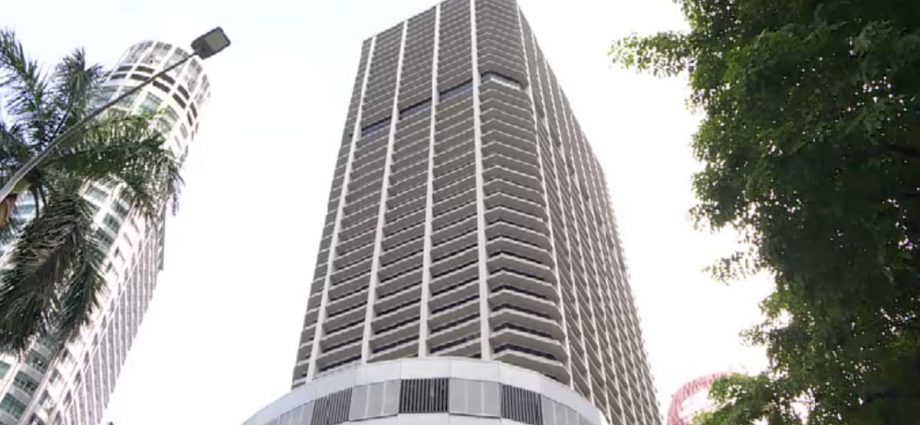.png?itok=vfIbXJfP)
This will become even more obvious when new developments are ready in a few years, as there will increasingly be a smaller pool for buyers to purchase from, he added.
“When this actually takes effect, and then we start to see it trickle down into the whole market, prices of smaller units – you may see them moving slightly faster than some of the so-called slightly bigger units,” said Mr Lee.
Conversely, an increased supply of apartments sized 70 sq m and above might ease prices of bigger homes, although analysts cautioned that “there’s always a premium cost” to staying in prime areas.
En bloc hopefuls might also have to be more realistic in terms of asking price, as developers could now have a tighter profit margin.
NEW GUIDELINES TO ATTRACT FAMILIES
The limitations will lead to an increasing number of larger units built within central Singapore, and the URA hopes that a good mix of unit sizes will attract more families to move into the city.
“Families don’t see the point of moving to the central area when there’s no suitable size units available for them,” said Ms Catherine He, director and head of research for Singapore at property consultancy Colliers.
“So this move is also in time for the handful of redevelopments taking place in the CBD (central business district) and the development of the Marina Gardens area, to position them as attractive and viable residential enclaves.”
She added that high price tags are also a deterrent as developers currently do not supply enough of bigger units to sway prices.
While experts agree that the recent guidelines are a step in the right direction to attract larger families to the central neighbourhoods, they said that more facilities in the area could also broaden the appeal.
“This push for the central area to become a very ideal residential enclave is a bit lacking because amenities like markets and schools are in the suburban areas,” said Ms He. “There’s a significant lack of such amenities in the central area.”
BUYERS WANT BIGGER HOMES
The median size of homes in the central regions has been shrinking, from 94 sq m five years ago to about 73 sq m now.
The exemption of the central area from a previous 2018 guideline led to an increase in the number of shoebox apartments, said analysts, as developers maximised profits with a higher composition of smaller units.
“The central area commands higher prices and higher land costs for developers. So as they tried to maximise the efficiency of their land plots, there has been a proliferation of shoebox sized units,” said Ms He.
There is, however, an increasing demand for bigger homes despite the average size of Singaporean households shrinking to 3.15 persons in 2021, from 3.5 a decade ago, said Ms He.
The increased appetite for more spacious living space is due to lifestyle changes amid trends like working from home.
With smart technologies such as home robots as well as the rise of creative, furniture-optimising space, 70 sq m could suffice for homes today, said Ms He.
The figure is also seen by the authorities as the minimum size to uphold a quality of living, she added.

